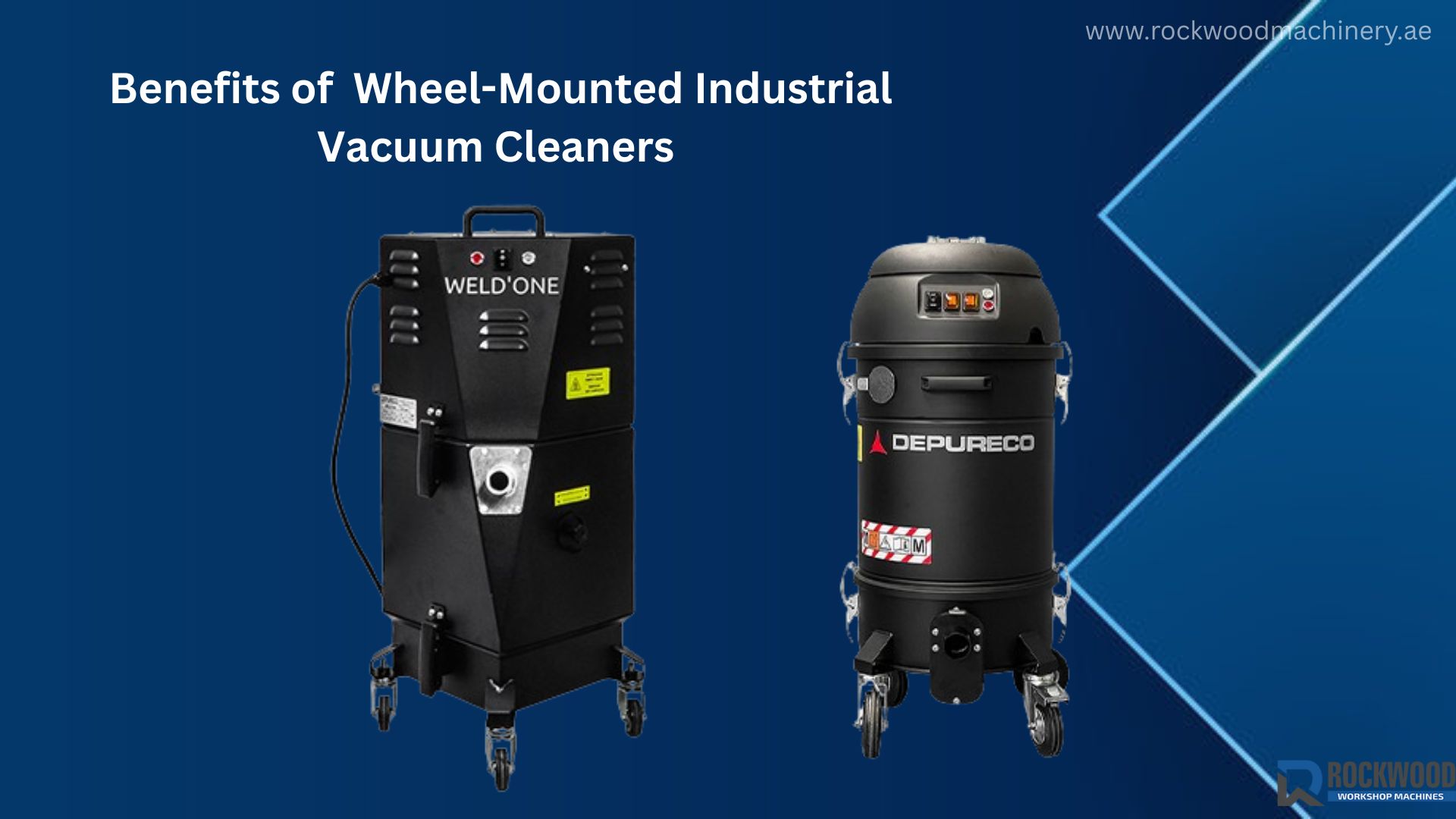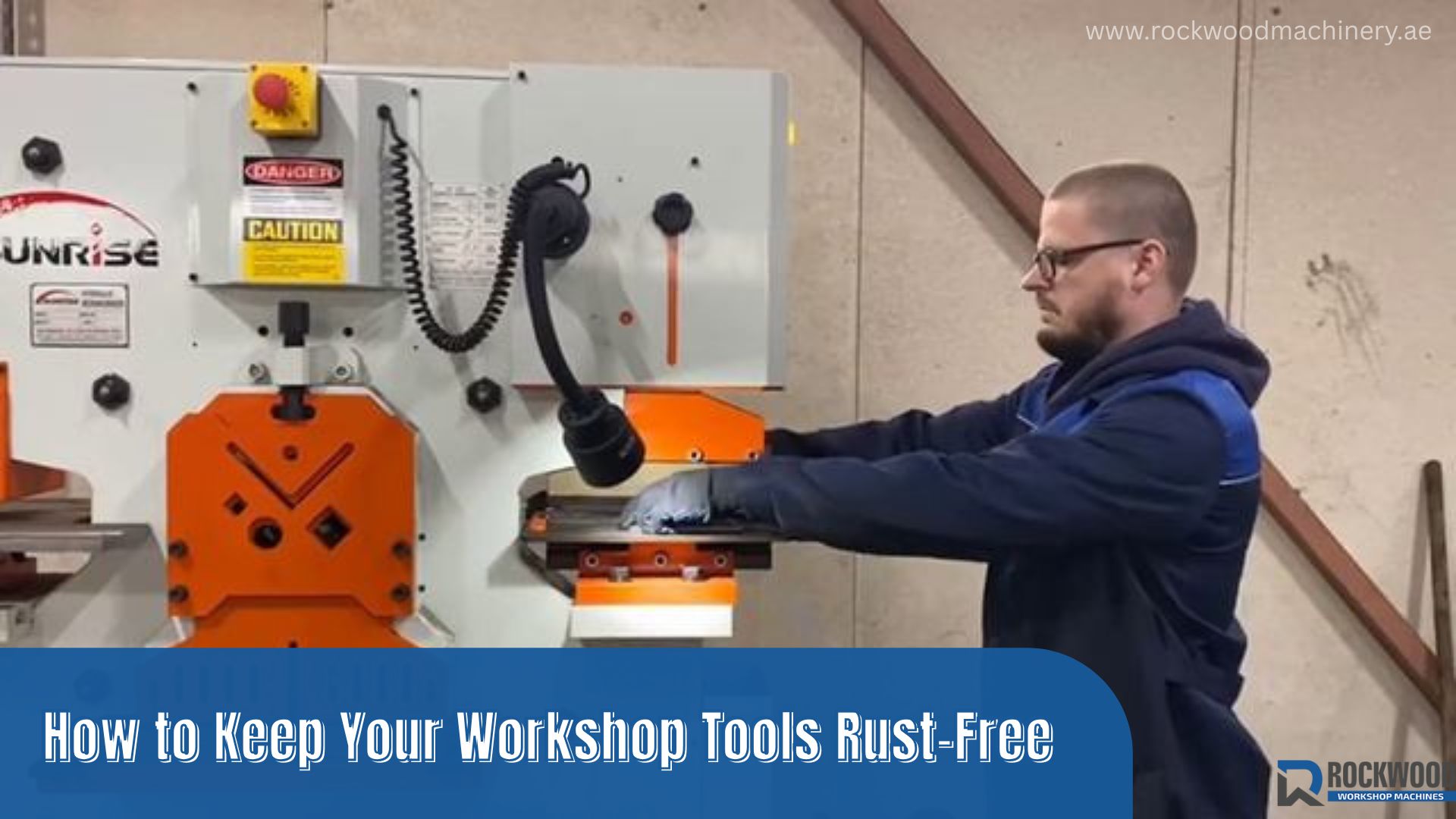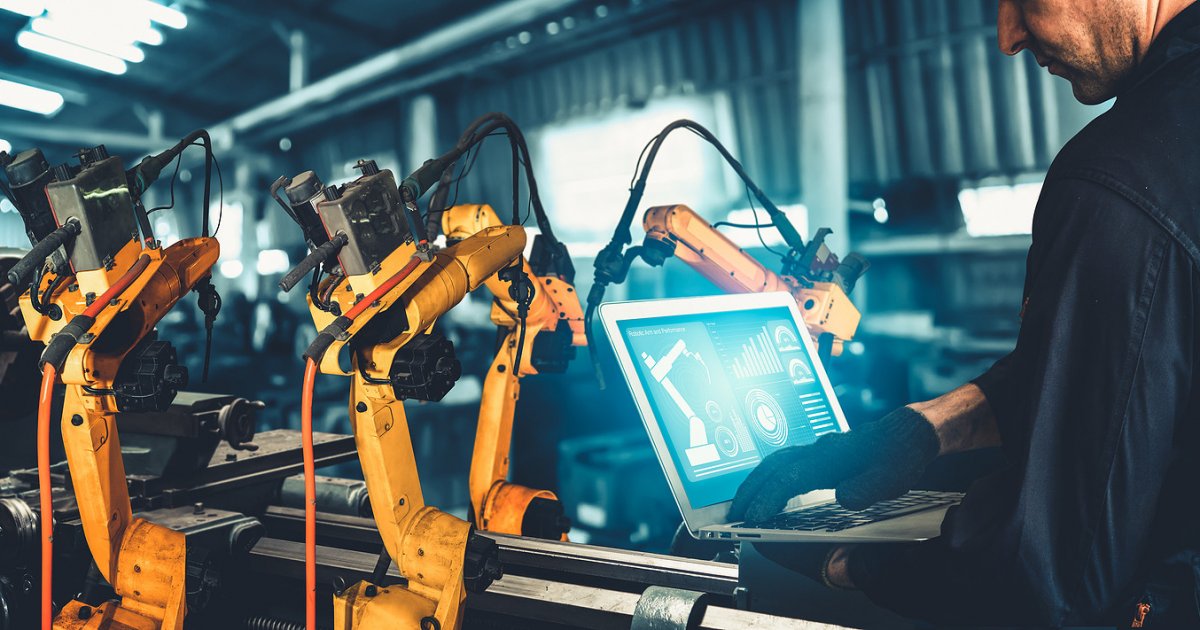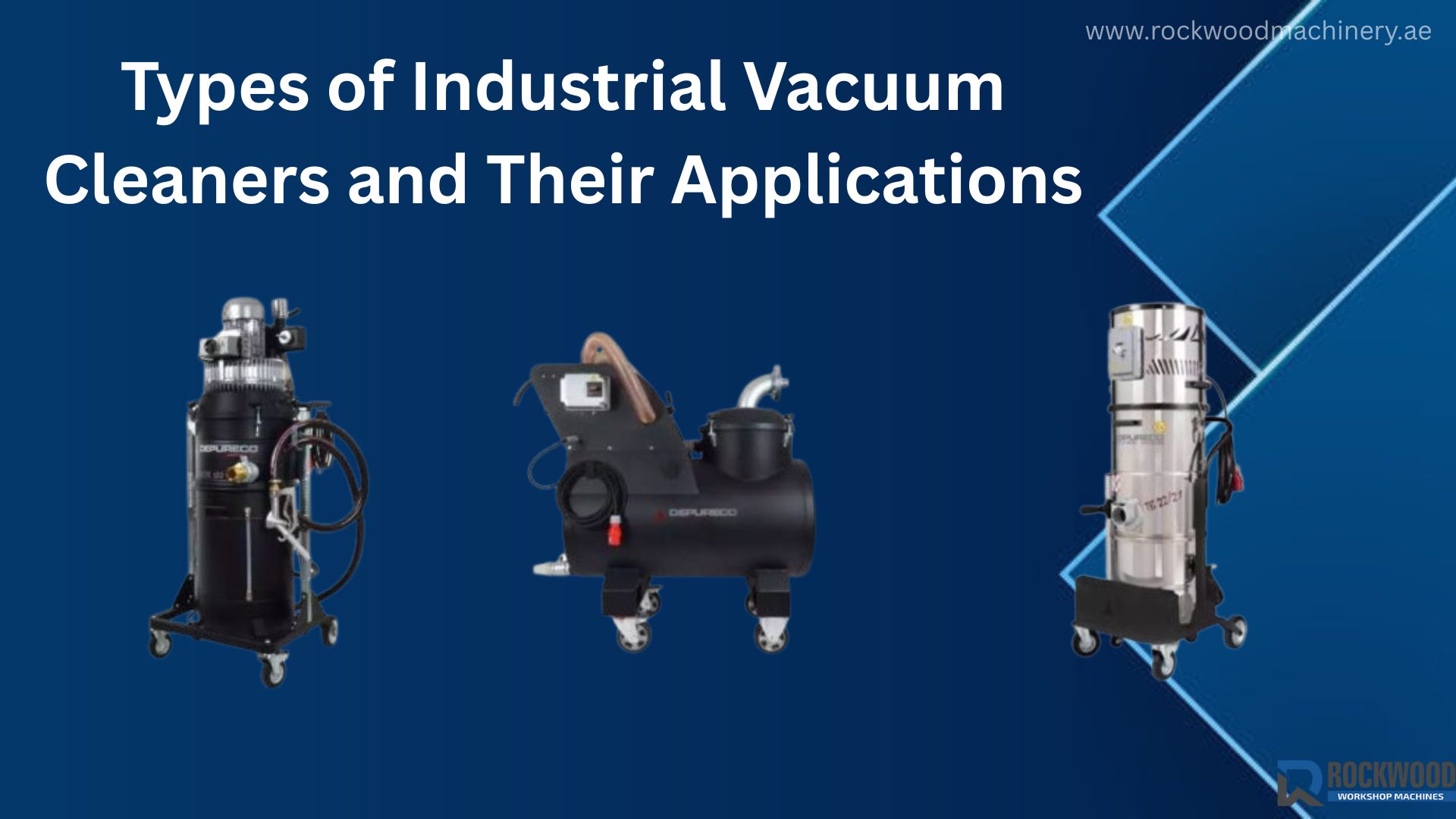Different Types of Carbide Application Methods and Equipment
Carbide coating is an important process applied in the aerospace, automotive, metalworking, and manufacturing industries. It greatly enhances the durability and extends the service life of critical components by improving their wear resistance. Knowledge of the various coating options and carbide application equipment involved allows a firm to select the correct technology for their individual needs. This blog discusses the principal application methods and equipment facilitating the efficient and effective application of carbide.
Common Carbide Application Methods
1. Thermal Spray Coating
The thermal spraying of carbide coating is one of the most common methods in coating application. This method uses heated carbide materials, which are coated onto a surface. The beginning of the coating development is either flame, plasma, or high-velocity oxygen fuel (HVOF).
- Plasma Spraying – Uses a high-temperature plasma arc to create thermal energy capable of melting carcides before spraying them onto the surface. This strongly adheres to this surface and is very durable.
- HVOF Spraying – This method allows fat particles to be projected at high speed using fuel and oxygen mixtures that bond and form a coating.
- Flame Spraying – The method employs a combustion flame to melt carbides, which is applied to a substrate. It’s a cost-effective coating solution.
All of the coating techniques have their own distinct merits, giving a wide range of hardness, good resistance against wear, and surface finish fit for each individual industry.
2. Brazing
Brazing is a method of fastening carbide to metal surfaces that use a filler material with a melting temperature lower than that of the base metal, thereby gaining a good bond with the carbide particles. This approach facilitates the manufacturing of carbide-tipped tools and wear parts. The method offers a good, solid bond that helps maintain wear-resistance and thereby long life.
3. Sintering
Sintering is a powder metallurgy process where carbide powder is compacted with very high pressure then heated to produce a solid and dense structure. This technique is primarily used to fabricate cutting tools, carbide inserts, and wear-resistant items. Normally, the sintered carbide parts provide amazing mechanical strength with good toughness and resistance to high temperature, rendering them most superb for degradation applications in industries.
4. PVD and CVD
PVD and CVD coating systems are advanced machines designed to apply fine carbide coatings through vapor deposition techniques. These systems control very accurately and precisely the thickness and composition of the coating, conferring outstanding wear resistance and hardness to cutting tools, molds, and industrial components.
5. Spark Deposition Technique
The spark deposition is a sophisticated carbide application approach wherein localized heating is produced upon the release of electrical discharges within the substrate-a process that allows carbide researchers’ adherence on to the substrate. The method thus provides strong bonding, will resist high wear, and will have very little thermal distortion, all of which are desirable effects for precision applications.
Main Equipment in the Application of Carbide
To guarantee a superior finish of carbide coatings, quality-specific carbide application equipment is necessary. These machines determine precision, facility, and uniformity in each step of the process.
1. Thermal Spraying Systems
Thermal spray systems are versatile machines used in a range of thermal spray applications, including plasma, HVOF, and flame spraying. These systems generally include spraying guns, heat sources, powder feeders, and control units. In industries like aerospace, automotive, and manufacturing, these coatings are frequently applied to parts to improve their resistance to wear and corrosion.

2. Brazing Machines
Brazing machines are used to create strong coatings of carbide on a surface using filler material. They control heating and cooling to facilitate a reliable bond of carbide to the base metal. Such types of machines are indispensable in tool-making and metal fabrication, where they improve the performance and longevity of industrial cutting tools and other wear-resistant parts.
3. Sintering Furnaces
Sintering furnaces are for pressing carbide powders to make solid and tough parts. Sintering is generally carried out at high temperatures and pressures with the intent of providing the density and hardness demanded of that kind of material. This is a critical process in the production of carbide inserts, cutting tools, and wear-resistant machine parts.
4. PVD and CVD Coating Systems
PVD and CVD techniques are complex and advanced methods for making thin carbide coatings with deposition. The control of deposit thickness and composition by PVD and CVD yields optimum wear guarantees and hardness in cutting tools, molds, and erected industrial components.
5. Spark Deposition Systems
A spark deposition system that builds up carbide layers by depositing several electrical sparks onto the substrate. This mechanism generates localized heat melting the carbide material to fuse it to the surface. The precision and good adhesion of spark deposition systems make them perfectly suitable for covering complex geometries and hard-to-reach areas. These are applied in an industry striving for enhancement in wear resistance, such as tooling, manufacturing, and maintenance.
Essential Workshop Tools for Carbide Applications
Apart from carbide application machines, there are many workshop tools that are also necessary to make carbide coatings successful. The tools include:

- Grinding Machines – Used for finishing and polishing carbide-coated surfaces to achieve the desired shape and smoothness.
- Cutting Tools – Needed to machine carbide-coated components to a precise finish.
- Measuring Instruments – Includes calipers, micrometers, and hardness testers to ensure correct thickness and quality of carbide coatings.
- Protective Gear – Required are safety glasses, gloves, and respiratory masks when handling carbide powders, in addition to high-temperature application methods.
Carbide application methods and equipment have changed industrial processes by enhancing the durability and performance of machine components. Whether it is done through thermal spraying, brazing, sintering, or vapor deposition, each method depends on the specific needs of a business. Investing in extensive carbide application equipment and essential workshop tools enables operators to achieve efficiency, precision, and long-lasting coatings, thereby helping industries maximize production and reduce downtime. As technology transforms itself, more time-tested carbide applications give a great advantage to differentiated businesses.
To read more, click here: Top 5 Trends Shaping the Future of Industrial Vacuum Cleaners








